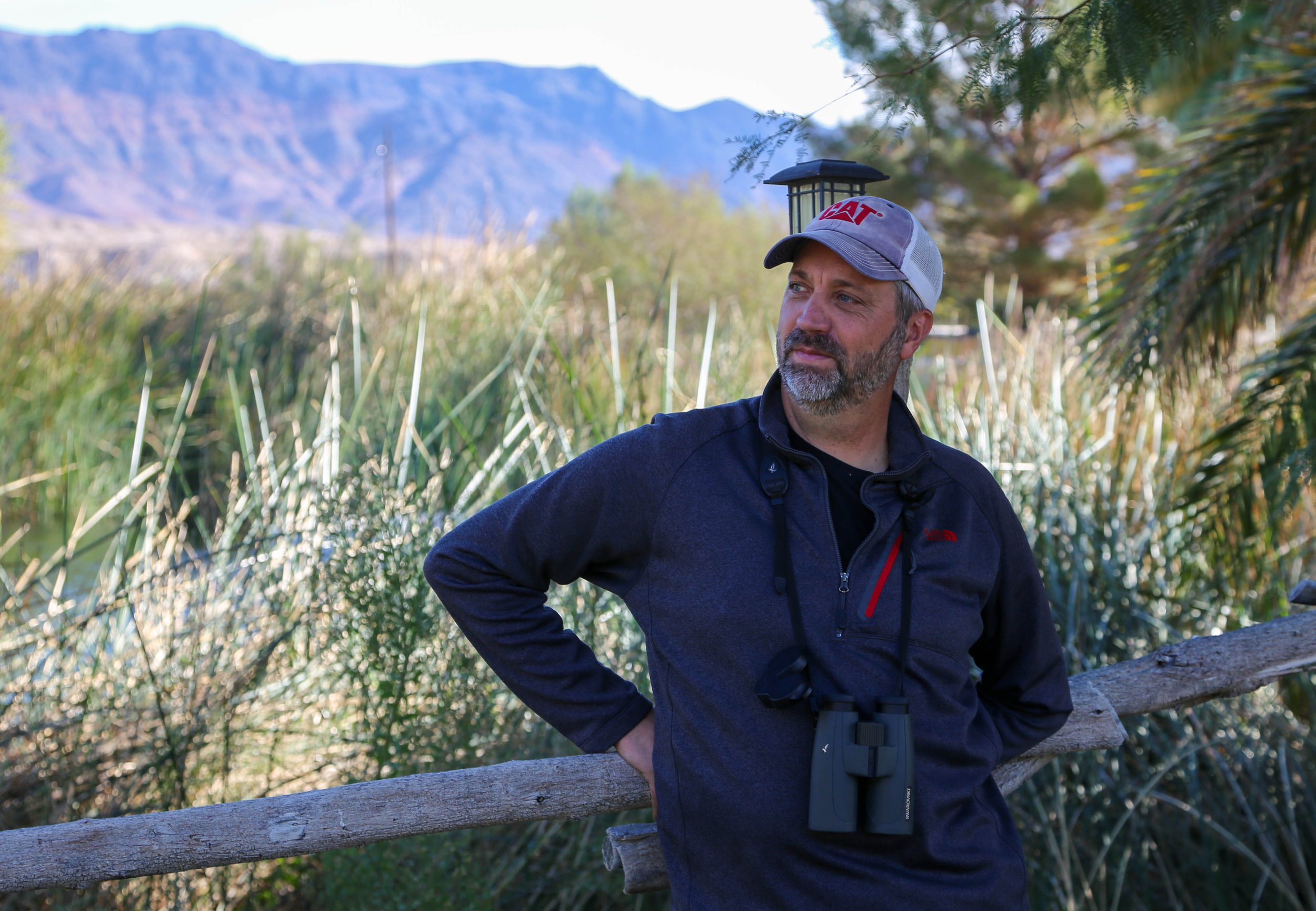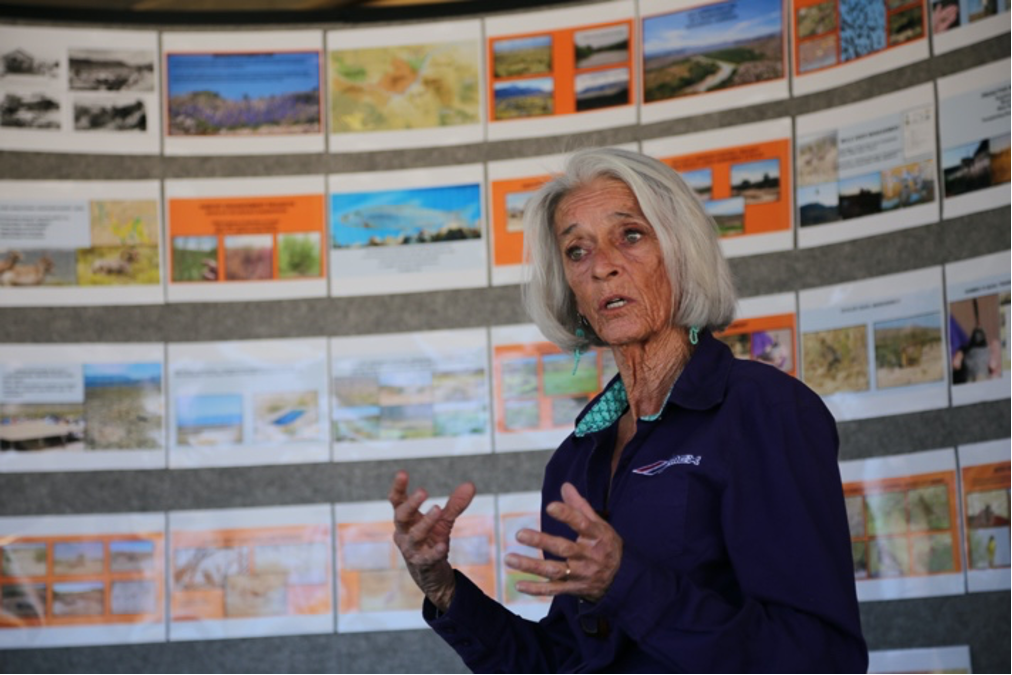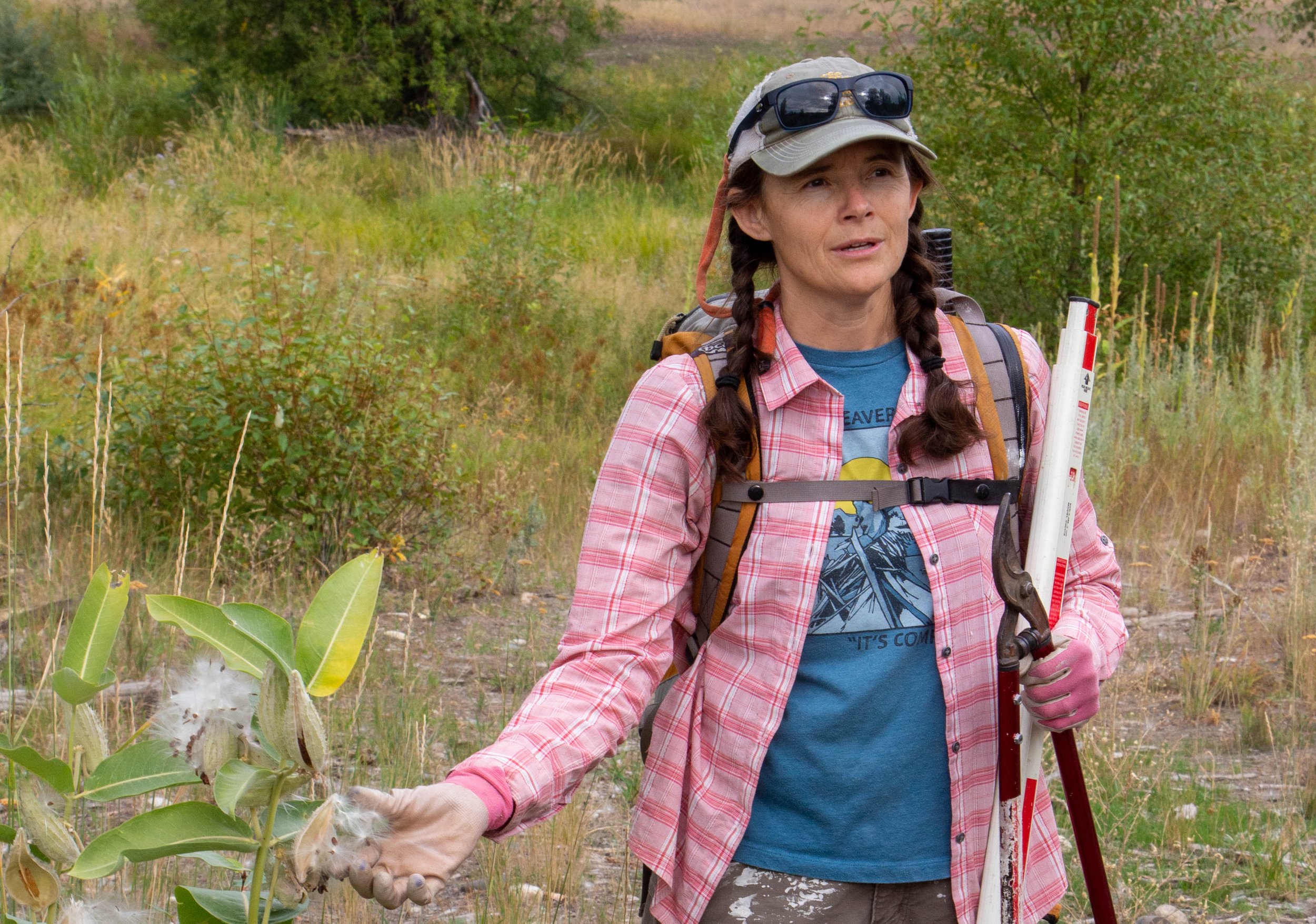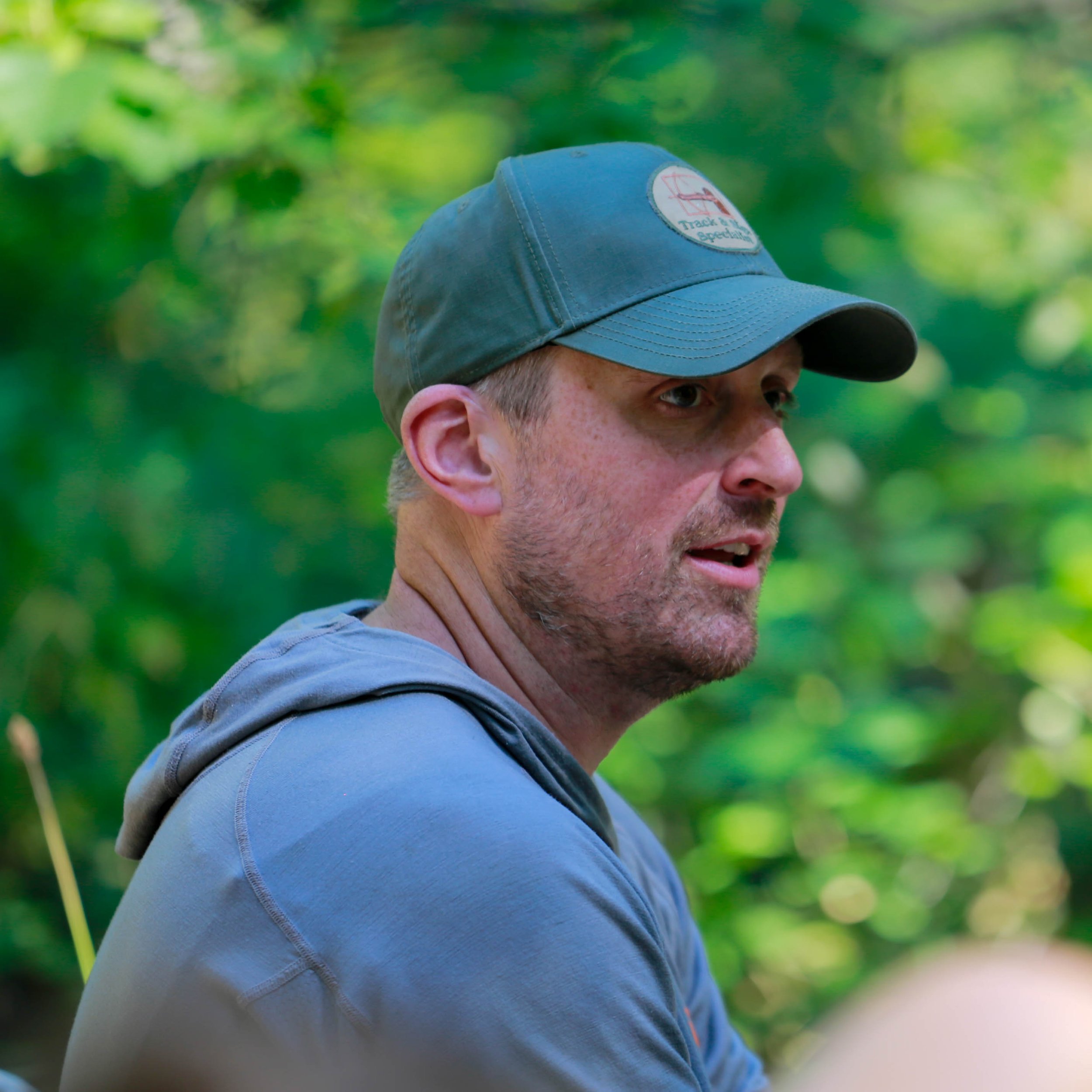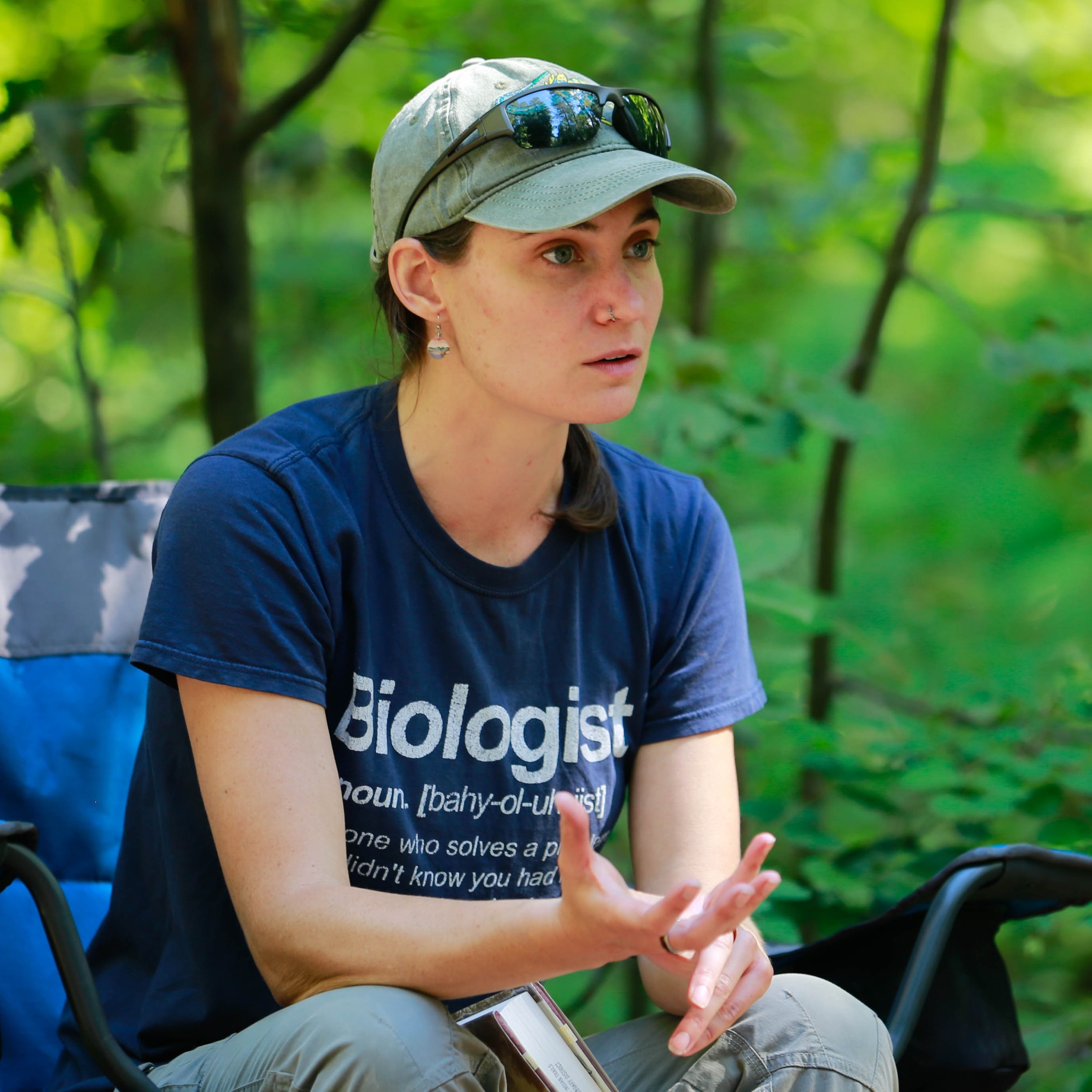Peter Sanzenbacher
Wildlife Biologist, U.S. Fish and Wildlife Service
Shoshone, CA
11/16/21
Wearing an out-of-place New England Patriots hat in the Mojave Desert near the town of Shoshone, California, Peter Sanzenbacher shares his main project for the past four years or so: conserving the California condor, an iconic species of the Western United States. He says that this species, which almost went extinct in the wild in the 1970s, faces difficulties surviving amidst a rapidly developing world. Today, the main cause of condor mortality on the landscape is lead poising, ingested from people shooting wildlife and condors scavenging the carcasses. However, another particular threat to the species has turned out to be the wind energy industry. As more and more turbines pop up, they become dangerous obstacles for birds that call breezy areas their home.
As a wildlife biologist with the U.S. Fish and Wildlife Service, Peter attempts to bridge the gap between condors and hunters and wind businesses alike. He makes sure to emphasize that he is working with industry in partnership, not fighting against it. In conversation, Peter shares a guiding question of his recent work: “how do we approach this in a way where we can protect condors and have a source of renewable energy on the landscape?” Peter hopes his work can be a model for other regions encountering the conflicts between species conservation and green energy.
By Ruthie Colburn

